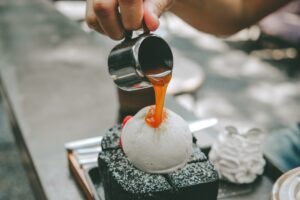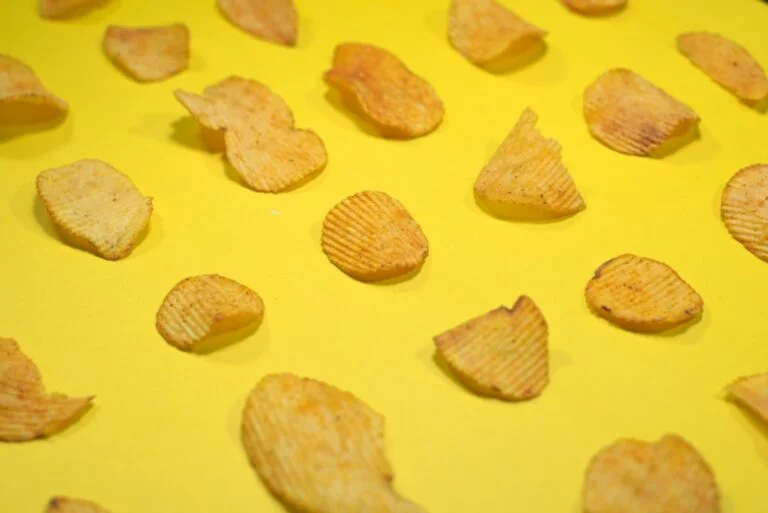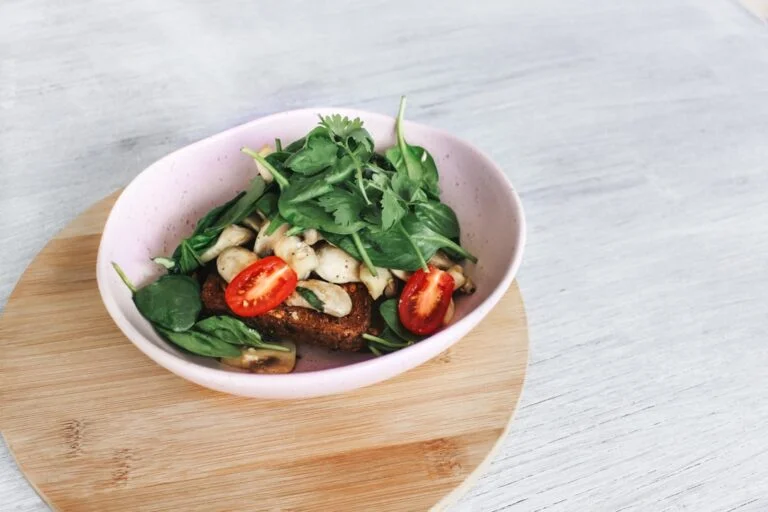The Cockatoo family, Cacatuidae, is a diverse group of birds within the parrot order Psittaciformes. Native to Australia, New Guinea, Indonesia, and the Philippines, there are 21 recognized species of Cockatoos. These birds are characterized by their distinctive crests, high intelligence, and sociable nature.
Cockatoos are popular as pets due to their playful and affectionate personalities, but they require specific care and attention. In their natural habitats, Cockatoos are known for their loud vocalizations and impressive visual displays, making them a subject of interest for birdwatchers and wildlife enthusiasts. These birds exhibit complex social structures and communication skills, forming strong bonds with flock members and mating for life.
Cockatoos are highly adaptable, inhabiting various environments from tropical rainforests to arid savannas. Cockatoos in captivity require significant mental stimulation and social interaction to maintain their well-being. In the wild, their populations face threats from habitat loss, illegal pet trade, and climate change, emphasizing the importance of conservation efforts.
Understanding the physical characteristics, behavior, diet, and nesting habits of Cockatoos is crucial for their conservation and proper care in captivity.
Key Takeaways
- Cockatoos are a part of the parrot family and are known for their distinctive crests and playful personalities.
- Cockatoos come in a variety of sizes and colors, with some species being known for their strikingly beautiful plumage.
- Cockatoos are highly social birds and form strong bonds with their flock members, often displaying affectionate behaviors.
- Cockatoos have a varied diet consisting of seeds, nuts, fruits, and vegetation, and they are known for their strong beaks that can crack open tough shells.
- Cockatoos are monogamous breeders and typically nest in tree hollows, with the female laying a small clutch of eggs.
Physical Characteristics of Cockatoos
Physical Adaptations
Their strong beaks are designed for cracking open nuts and seeds, as well as for climbing and exploring their environment. Additionally, they have zygodactyl feet, with two toes facing forward and two toes facing backward, which enables them to grip onto branches and manipulate objects with ease. Their broad and rounded wings allow for agile flight and impressive aerial displays.
Communication and Expression
In addition to their striking appearance, Cockatoos are also known for their expressive facial feathers and bright eyes. Their crests can be raised or lowered depending on their mood, and they use a variety of body language and vocalizations to communicate with each other.
Size and Build
Cockatoos are medium to large-sized birds, with some species reaching up to 20 inches in length. They have a strong and sturdy build, with a powerful beak that can exert a significant amount of force. Overall, Cockatoos are visually stunning birds with a range of physical adaptations that make them well-suited for their natural environment.
Cockatoo Family Behavior and Social Structure

Cockatoos are highly social birds that form strong bonds with their flock members. In the wild, they can be found in large flocks, where they engage in activities such as foraging for food, preening each other, and engaging in playful behaviors. They are also known for their complex communication skills, using a variety of vocalizations and body language to convey messages to each other.
Cockatoos are intelligent birds that require mental stimulation and social interaction to thrive in captivity. Without proper enrichment and companionship, they can develop behavioral issues such as feather plucking and excessive vocalization. Cockatoos are also known for their playful and affectionate nature, often forming strong bonds with their human caregivers.
However, they can also be demanding pets that require a lot of time and attention. Cockatoos thrive on routine and consistency, so it’s important for owners to provide them with a stable environment and plenty of opportunities for social interaction and mental stimulation. Understanding the natural behavior and social structure of Cockatoos is essential for providing them with the care and enrichment they need to thrive in captivity.
Cockatoo Family Diet and Feeding Habits
| Species | Diet | Feeding Habits |
|---|---|---|
| Sulphur-crested Cockatoo | Seeds, nuts, fruits, berries | Forages in trees, on the ground, and in crops |
| Galah | Seeds, fruits, vegetables | Feeds in flocks, often on the ground |
| Cockatiel | Seeds, grains, fruits | Forages on the ground and in grassy areas |
Cockatoos have a varied diet that consists of seeds, nuts, fruits, berries, and vegetation. In the wild, they spend a significant amount of time foraging for food, using their strong beaks to crack open nuts and seeds. They also rely on their keen sense of sight and hearing to locate food sources in their environment.
In captivity, it’s important to provide Cockatoos with a balanced diet that includes a variety of fruits, vegetables, nuts, seeds, and pellets. It’s also important to offer them opportunities for foraging and food enrichment to keep them mentally stimulated. Cockatoos have powerful beaks that they use for cracking open nuts and seeds, so it’s important to provide them with plenty of opportunities for chewing and manipulating objects in their environment.
They also require access to clean water for drinking and bathing, as well as regular opportunities for exercise and mental stimulation. Understanding the natural diet and feeding habits of Cockatoos is essential for providing them with the nutrition they need to thrive in captivity.
Reproduction and Nesting Habits of Cockatoos
Cockatoos are monogamous birds that mate for life. They engage in elaborate courtship displays, using vocalizations and body language to attract a mate. Once a pair has bonded, they will work together to build a nest in a tree cavity or hollow branch.
The female will lay a clutch of eggs, which both parents will take turns incubating. After the eggs hatch, both parents will care for the chicks, feeding them regurgitated food until they are old enough to fledge. In captivity, Cockatoos may exhibit breeding behaviors if they are provided with the proper environmental cues and social stimulation.
However, breeding Cockatoos should not be taken lightly, as it requires a significant amount of time, resources, and expertise to raise healthy chicks. Understanding the reproduction and nesting habits of Cockatoos is essential for providing them with the proper care and enrichment they need to thrive in captivity.
Conservation Status and Threats to Cockatoo Family

Habitat Destruction and Illegal Pet Trade
Deforestation and urbanization have led to the destruction of their natural habitat, making it difficult for them to find suitable nesting sites and food sources. Additionally, many species of Cockatoos are targeted by poachers for the illegal pet trade, leading to declines in wild populations.
Climate Change Impacts
Climate change is also having an impact on Cockatoo populations, leading to changes in their natural habitat and food sources.
Conservation Efforts
Conservation efforts are crucial for protecting Cockatoo populations from these threats. This includes habitat conservation, anti-poaching measures, captive breeding programs, and public education initiatives. By raising awareness about the plight of Cockatoos and taking action to protect their natural habitat, we can help ensure that these beautiful birds continue to thrive in the wild.
Cockatoo Family as Pets: Considerations and Care Tips
Cockatoos can make wonderful pets for the right owner. They are intelligent, affectionate, and playful birds that can form strong bonds with their human caregivers. However, they also have specific care requirements that potential owners should be aware of before bringing one into their home.
Cockatoos require a significant amount of time and attention from their owners, as well as plenty of opportunities for social interaction and mental stimulation. It’s important for potential owners to research the specific needs of the species they are interested in before bringing a Cockatoo into their home. Different species have different care requirements in terms of diet, housing, enrichment, and socialization.
It’s also important to consider the long-term commitment involved in caring for a Cockatoo, as they can live for several decades in captivity. Providing a Cockatoo with a stable environment, plenty of social interaction, mental stimulation, and proper nutrition is essential for their health and well-being. It’s also important to provide them with opportunities for exercise and enrichment to prevent boredom and behavioral issues.
Understanding the specific needs of Cockatoos as pets is essential for providing them with the care they need to thrive in captivity. In conclusion, the Cockatoo family is a diverse group of birds known for their striking appearance, intelligent nature, sociable personalities, and complex communication skills. Understanding their physical characteristics, behavior, diet, nesting habits, conservation status, and care requirements is essential for their welfare in captivity and conservation in the wild.
By raising awareness about the specific needs of Cockatoos as pets and taking action to protect their natural habitat in the wild, we can help ensure that these beautiful birds continue to thrive for generations to come.
The cockatoo family is known for their intelligence and sociability, making them popular pets for bird enthusiasts. However, it’s important to consider the ethical implications of keeping exotic animals as pets. A recent article on Just Tidings discusses the unexpected adventure of a cruise to the Bahamas that ended up in Canada, highlighting the importance of responsible pet ownership and the potential consequences of introducing non-native species into new environments. https://justtidings.com/unexpected-adventure-a-cruise-to-the-bahamas-ends-up-in-canada/
FAQs
What is the cockatoo family?
The cockatoo family, also known as Cacatuidae, is a family of birds that includes 21 species of cockatoos. They are native to Australia, New Guinea, and nearby islands.
What do cockatoos look like?
Cockatoos are known for their distinctive crests and their often colorful plumage. They are medium to large-sized birds with strong beaks and zygodactyl feet, meaning they have two toes facing forward and two toes facing backward.
What do cockatoos eat?
Cockatoos are primarily herbivorous, feeding on seeds, nuts, fruits, and sometimes insects. They have strong beaks that allow them to crack open tough shells to access their food.
Where do cockatoos live?
Cockatoos are found in a variety of habitats, including forests, woodlands, and savannas. Some species are also known to inhabit urban areas.
Are cockatoos endangered?
Several species of cockatoos are considered vulnerable or endangered due to habitat loss, illegal pet trade, and other threats. Conservation efforts are in place to protect these species and their habitats.
Do cockatoos make good pets?
Cockatoos are known for their intelligence and sociable nature, but they require a lot of attention and care. They can also be loud and destructive, so they are not suitable for everyone as pets. It’s important to research and understand the needs of cockatoos before considering them as pets.




















+ There are no comments
Add yours